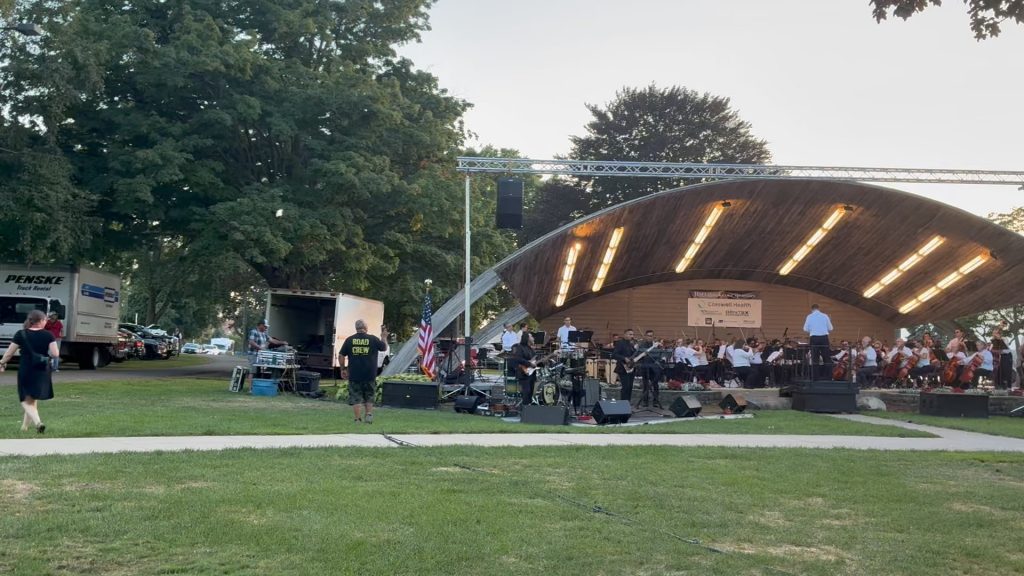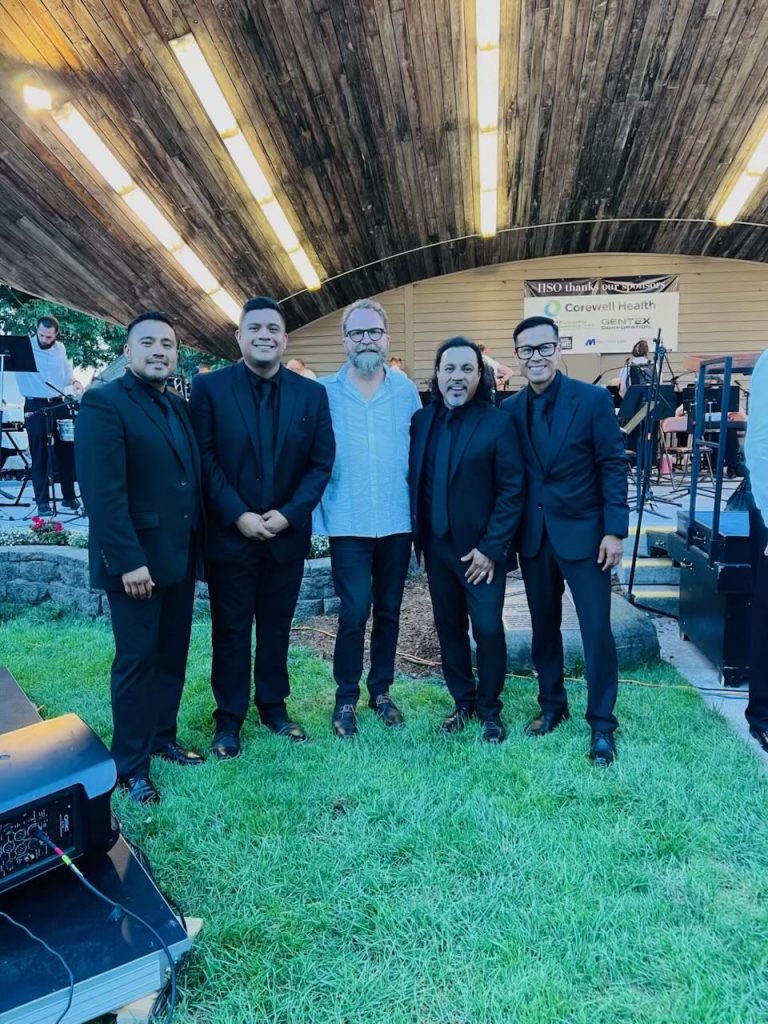The final arrangement for the Holland Symphony Orchestra’s “Music Unites Us” concert with Grupo Super Nova was a ballad called “Inevitable Adiós.” It is gorgeous and heartbreaking.
When Christian, the songwriter, first sent me this, I responded, “I don’t understand half of the Spanish, and I was still getting choked up!” With a song like this, the best thing to do is just stay out of the way. Let the song speak for itself; simply support and enhance what is already in the music. I did that with lush lower strings, regal horns, soaring violin lines, harp, and lots of cymbal rolls.
Of course, I needed to let the orchestra come to the foreground at some point. I did this with an oboe solo, a flugelhorn solo, and a trumpet/trombone duet. Just enough of a break to leave us wanting more.
I’m usually not one for modulations. They are so often used as a cheap way of inflating energy back into a mediocre song that I normally stay clear of them. But I made an exception here. I let the song wind down as if it were ending, but instead of the quiet tag of “Inevitable adiós” that we expect–BAM!–a sudden modulation into a new key with full orchestra. It’s glorious, if I don’t say so myself.
Below is video of me accompanying Christian on guitar at the concert.


